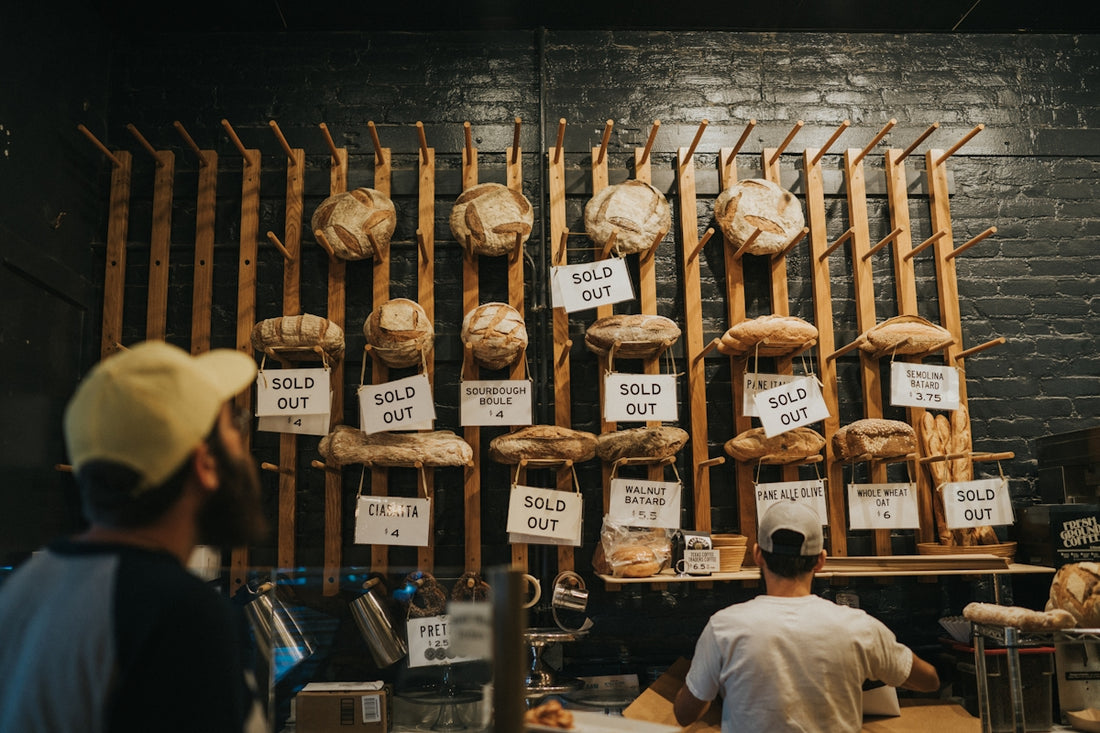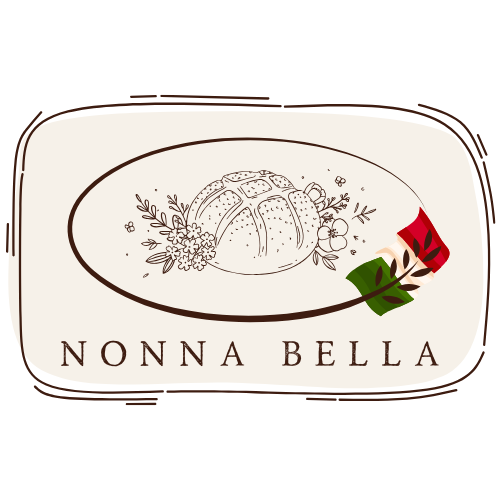
Essential Tips on Sourdough Starter Troubleshooting for Beginners
Embarking on your sourdough journey can be as exciting as it is challenging. For many, cultivating a sourdough starter feels like nurturing a tantalizing, living organism. Yet, sometimes things can go awry. Fear not! This comprehensive guide on sourdough starter troubleshooting aims to demystify the process and get your homemade sourdough bubbling away healthily.
Understanding Sourdough Starters
Before diving into troubleshooting, it's essential to understand what a sourdough starter is. Essentially, a sourdough starter is a blend of flour and water that houses wild yeast and bacteria, primarily Lactobacillus. This mixture ferments, creating leavening for your sourdough bread recipes.
Why Opt for Sourdough?
Sourdough fermentation boasts numerous benefits. It breaks down phytates, making nutrients more bioavailable and potentially aiding digestion. For some, sourdough offers a favorable glycemic profile, raising the question: is sourdough for diabetics? Research suggests it may benefit blood sugar control more than conventional bread.
Sourdough Starter Troubleshooting: Common Issues and Fixes
1. My Sourdough Starter Isn’t Bubbling
A lack of bubbles can be alarming, but it’s a common issue in the early days of wild yeast fermentation.
Solution: Ensure you're using unchlorinated water, as chlorine can inhibit yeast activity. Maintain a consistent sourdough starter feeding schedule—feeding once every 12-24 hours should suffice. Opt for organic flour, which tends to have a higher concentration of wild yeast.
2. The Starter Smells Off
An unpleasant odor might deter you, but it's often just part of the natural fermentation process.
Solution: Different aromas can indicate various stages of fermentation. If the starter emits an extremely foul smell, incorporate proper feeding and maintenance. Discard half of your starter before feeding to balance the yeast-to-bacteria ratio.
3. It's Too Liquid or Too Thick
Consistency is key in sourdough starter maintenance.
Solution: Aim for a texture akin to a thick pancake batter. Adjust water and flour ratios for homemade sourdough—generally, a 1:1 ratio by weight (not volume) works well.
4. The Starter Has Developed Mold
Mold on sourdough starter spells trouble and typically arises from infrequent feeding or contamination.
Solution: Unfortunately, visible mold signifies you must start anew. Clean your jar thoroughly before beginning afresh and ensure a consistent feeding schedule.
5. How to Feed Sourdough Starter?
Feeding involves discarding part of the starter and adding fresh flour and water.
Solution: To feed, stir in equal parts flour and water by weight after discarding. For example, discard 100g of starter and add 100g of flour and 100g of water.
FAQs About Sourdough Starters
How to Store Sourdough Starter?
For short-term storage, keep your starter at room temperature and feed daily. For long-term storage, refrigerate your starter and feed it weekly.
Sourdough Starter vs. Commercial Yeast
The slow fermentation of sourdough distinguishes it from quick, commercial yeast products. This lengthy fermentation equates to deeper flavors and improved digestibility.
Is a Sourdough Starter With a Long Legacy Better?
In essence, older starters often display a robust microbial balance, lending complexity to your bread. Consider starting with a heritage culture such as Nonna Bella Dehydrated Sourdough Starter – 10g Tuscan Heritage Culture Since the 1800s.
Baking with Sourdough
Your starter is active and vibrant; it's now time to bake. Here's guidance on common baking hurdles.
How to Bake Sourdough Bread
Baking sourdough requires patience and precision. Start by mastering a simple, easy sourdough bread recipe. Utilize a quality Dutch oven, like the Bake an Artisan Bread Masterpiece: 5.5 Quart Red Le Creuset Dutch Oven, to ensure even heat and moisture.
Sourdough Bread Troubleshooting
Flat or Dense Loaf? It may be underproofed—note the proof time and ensure your dough doubles in size during bulk fermentation.
How to Get a Crispy Sourdough Crust? High humidity and heat are your allies; consider baking in a pre-heated Dutch oven like the Martha Stewart 4Qt Heart-Shaped Enameled Cast Iron Dutch Oven – Pink for optimal results.
Best Sourdough Scoring Techniques
Scoring encourages optimal oven spring and artistic expression. Use a razor or lame to create deep, confident slashes.
How to Shape Sourdough Bread
Learn specific techniques for desired outcomes—whether boules or batards. Flour your workbench lightly and shape with intent.
Thinking Beyond Bread: Sourdough Discard Recipes
Don't discard that valuable excess! Use sourdough discard for tangy, flavorful creations like pancakes, waffles, and even sourdough pizza dough baked to perfection on a pizza stone.
Consider versatile baking solutions like the VEVOR Portable Outdoor Oven for artisanal pizza or bagels in your own backyard.
Conclusion: Embrace the Sourdough Journey
Troubleshooting is inherent to sourdough baking. By understanding the nuances, from sourdough starter troubleshooting to mastering sourdough bread creation, you join a community of devoted enthusiasts. Enjoy the artisanal process, sharing your creations and tips at Italian Sourdough.
Whether it's baking an authentic Italian sourdough bread or exploring new sourdough bagels, relish your sourdough life, riding the bubbles of wild yeast fermentation to culinary fulfillment.
